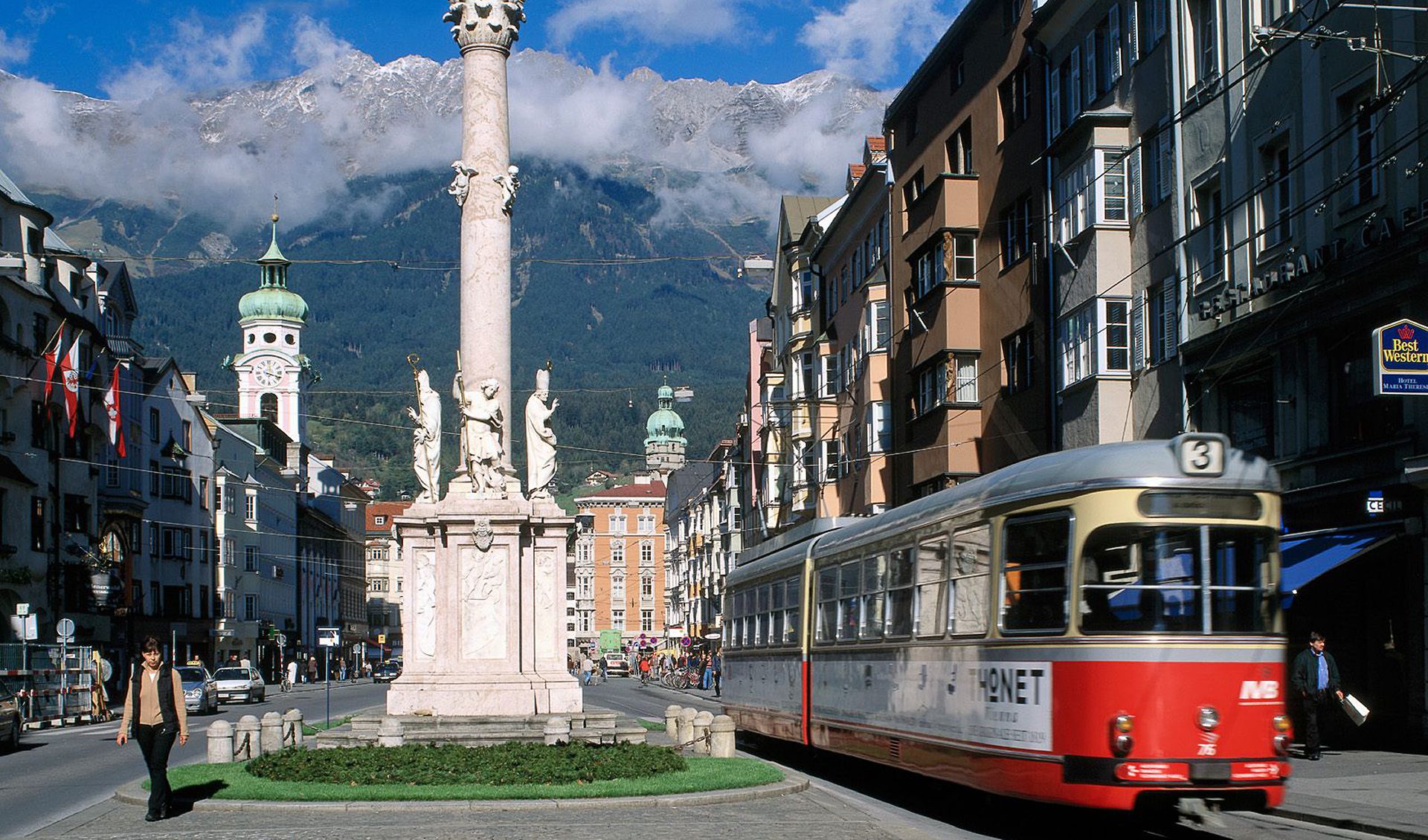Innsbruck, the centre of the Austrian state of Tyrol, has been described in many different ways: "an important industrial and cultural centre", "Austria's ski capital", "one of the most beautiful medieval towns in Europe".
All this is certainly true, but what is not in these words is the main thing: compact, cosy, surrounded by mountains, Innsbruck is like a small town in a snuffbox, hiding many charming details and opening its secrets to inquisitive visitors.
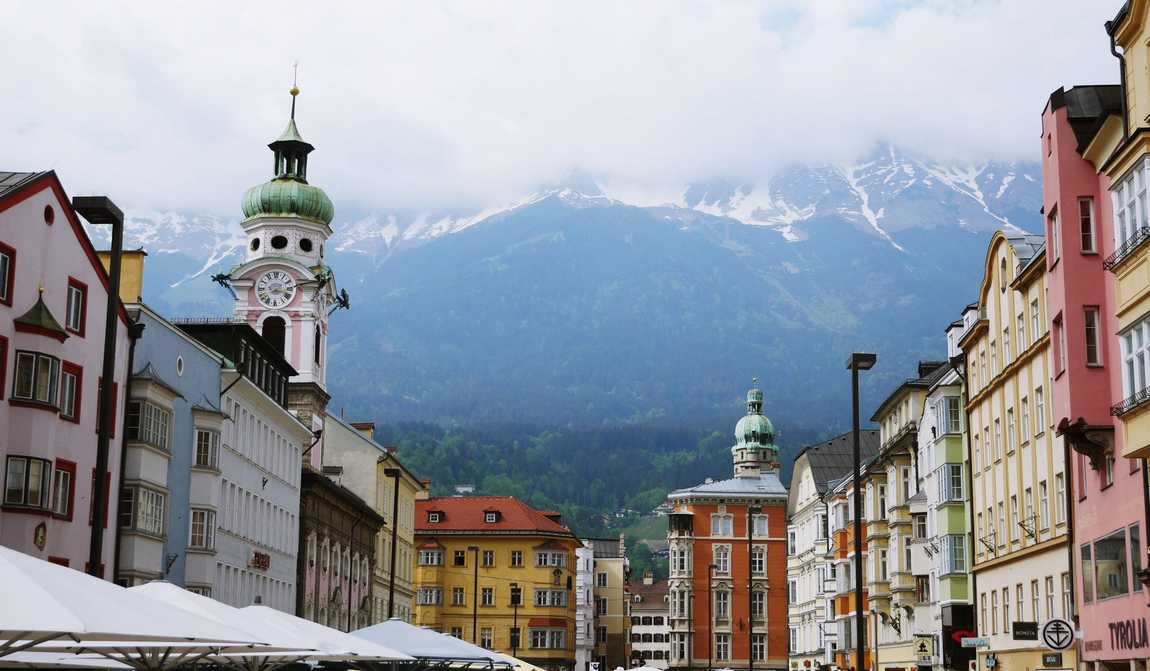
Families with children will love a visit here, because who better than children to solve puzzles and learn secrets. To make sure you don't miss any of the city's main attractions, we've put together a tried and tested itinerary.
You can visit all the suggested sites or pick and choose what you want to see in Innsbruck. As the city is great in any season, you can visit it during a family holiday in Austria in the ski resorts or in the summer while relaxing on the Carinthian lakes.
Tip: If you are planning an active sightseeing programme, we recommend the Innsbruck Card, which gives you free entry to some museums, public transport and the funicular railway, as well as discounts on excursions. Cards are available for 24, 48 and 72 hours.
Innsbruck city centre and main attractions
The centre of Innsbruck is a good place to start. It's bounded on one side by the River Inn and on the other by the semicircular moat.
Rows of houses line the narrow streets, each with a façade unlike its neighbours. Every sign, every stucco element is interesting in its own way.
Amongst all this variety, the Golden Roof on Herzog-Friedrichstrasse is worth a visit — one of the buildings on the street has a loggia covered in gilded tiles. This loggia was built for Emperor Maximilian I to celebrate his wedding in 1494.
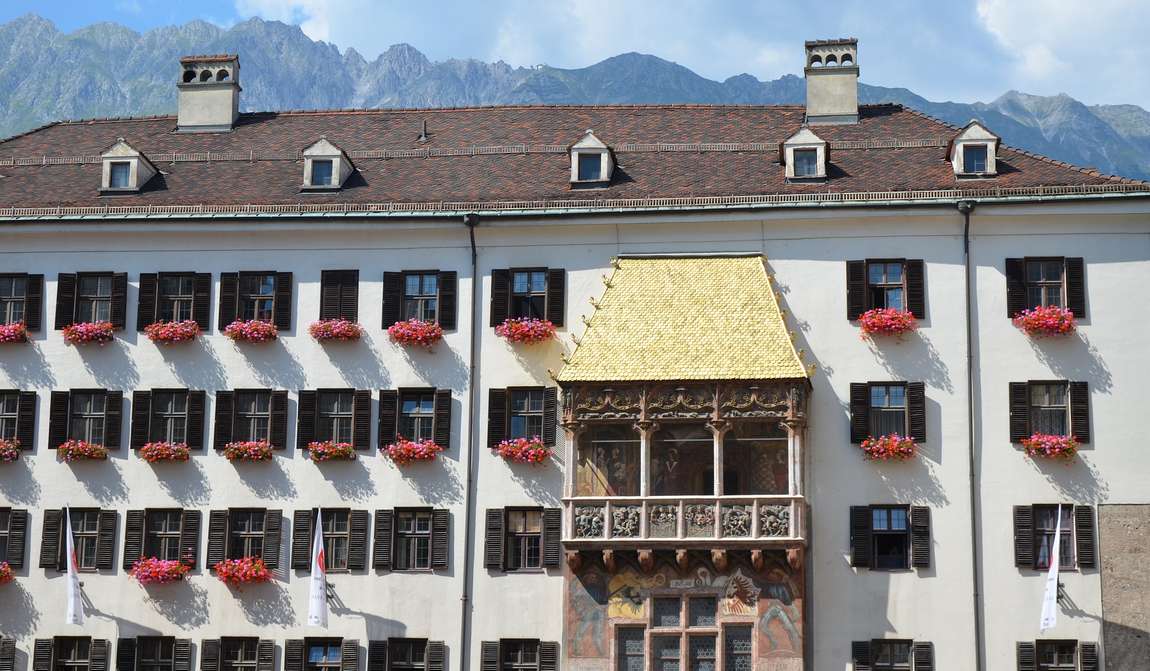
The Helblinghaus also stands out, especially for the intricate, lace-like stucco on its façade. But the most striking building on the street is the Stadtturm, a 15th-century town hall tower.
It's 51 metres high and offers a great view over the city. Then there's the Triumphal Arch, commissioned by Empress Maria Theresa to commemorate the marriage of her son to Maria Louise of Bourbon.
As well as exploring Innsbruck's streets on foot, it's also possible to explore the city by bike — a very popular mode of transport in the city and easy to hire for both adults and children. And if you're feeling tired, there's always a small café nearby for a juice or coffee and cake.
The main attraction of the old town, however, is the Hofburg Imperial Palace.
It is truly magnificent: spacious halls with high ceilings decorated with stucco and gilding, expensive parquet flooring, richly furnished bedrooms, huge paintings depicting the imperial family, exquisite furniture and dining sets.
A visit to the palace's Heraldic Tower is an interesting experience — the coats of arms of all the Austrian provinces are collected there. A pleasant surprise is that children are admitted free of charge.
.jpg)
If you decide to visit the Hofburg, be sure to check out the Hofkirche next door. There are 28 bronze statues, including King Arthur, guarded by the empty tomb of Emperor Maximilian.
The Hofgarten, with its beautiful playground, is a great place to stroll and find more and more attractions without leaving the city centre.
Just outside the Hofburg is the Museum of Tyrolean Folk Art. Here you will find traditional costumes, everyday objects, paintings and even reproductions of typical interiors with painted furniture, including children's toys that children used to play with decades ago.
There's also a fascinating little corner near the Hofburg: a giant 3 x 4 metre "picture frame". What child wouldn't want to climb into a picture? A bench, lush bushes and the Hofkirche in the background make a wonderful setting for a family photo.
Innsbruck Zoo and surroundings
But a trip out of the city centre offers the chance to visit Innsbruck's Alpenzoo, which is considered the highest zoo in Europe.
Located on the Nordkette mountain range, it is home to animals typical of the Alpine region, and visitors can take a cable car up to 727 metres above sea level.
Children love going to the zoo, and if they are also promised a meeting with the Olympic mascot, their spirits will soar as they climb the mountain.
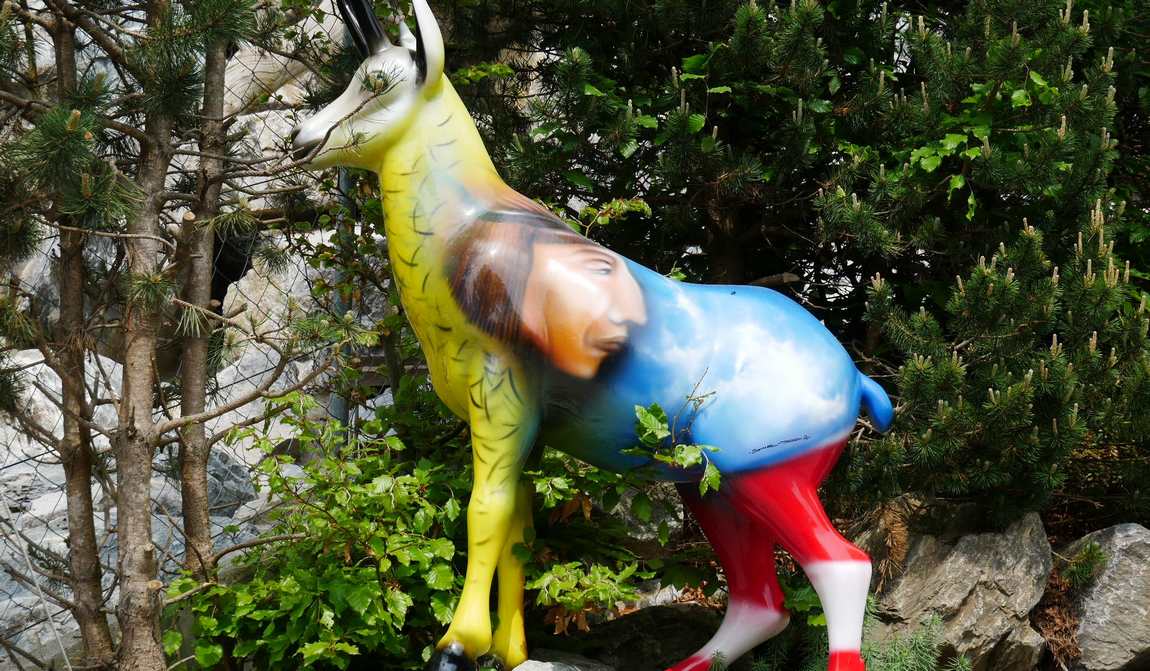
The enclosures are spacious, well maintained and very convenient for excursions: there are special viewing platforms for the animals and birds. The zoo also has a huge freshwater aquarium.
There's also a huge freshwater aquarium with resident fish and amphibians. And there are some great panoramic views of the city from the mountain.
And on the outskirts of Innsbruck is Bergisel hill, home to the Wilten Abbey. It's only when they hear that it was built by the giant dragon slayer Heimon that your children will want to visit this monastery.
There's even a silver and gold statue of the giant Heimon, holding the scarlet tongue of a slaying dragon in his hand, and a number of other interesting things to see in the monastery itself. And next door to the monastery is the Bell Museum.
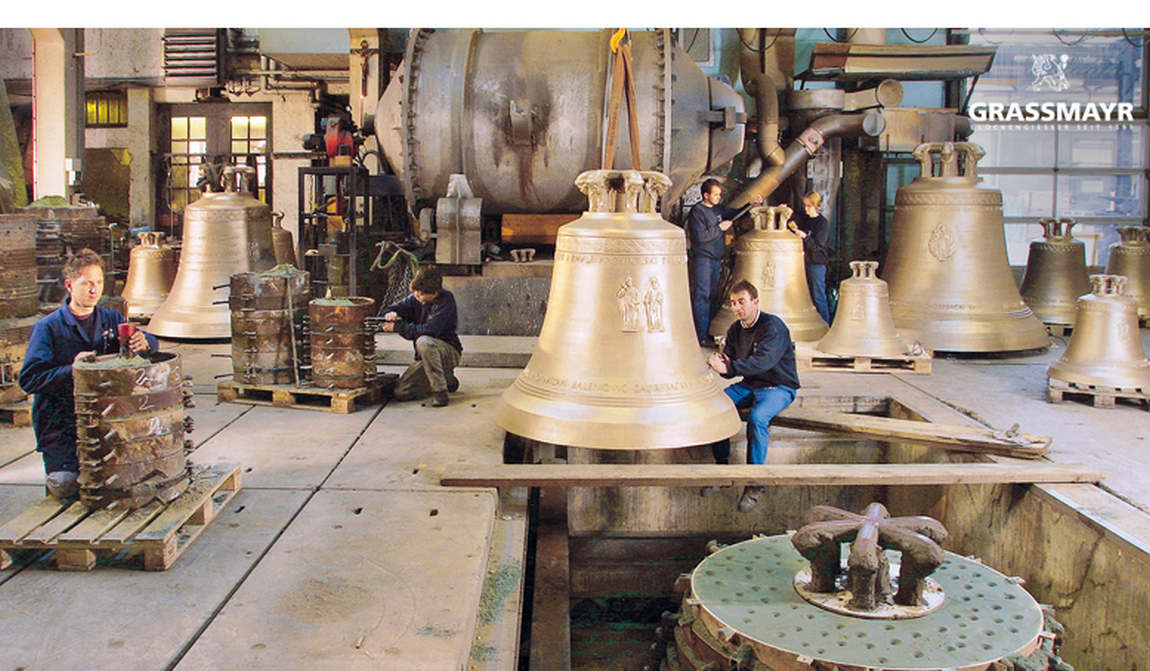
The museum and its workshop are owned by the Grassmeyer family, who have been making bells for over 400 years.
The Grassmeyers have never revealed their bell-making secrets to anyone, and it is not known how they achieve such a pure sound or how they distinguish between the 50 tones a bell can produce.
Nowadays, however, the masters are assisted by a computer. There are a few hundred bells on display, ranging from huge, house-high ones to tiny ones that fit in the palm of a child's hand. There is also a sound room where you can hear the bells sing.
Swarovski Museum — a world of fabulous crystals
The surrounding countryside is no less interesting. The glittering Swarovski Museum in Innsbruck is set in a beautiful park (a special shuttle from Innsbruck and admission to the museum is free with the Innsbruck Card).
A visit is recommended not only for women and girls who light up at the sight of jewellery, but also for adventurous men of all ages.
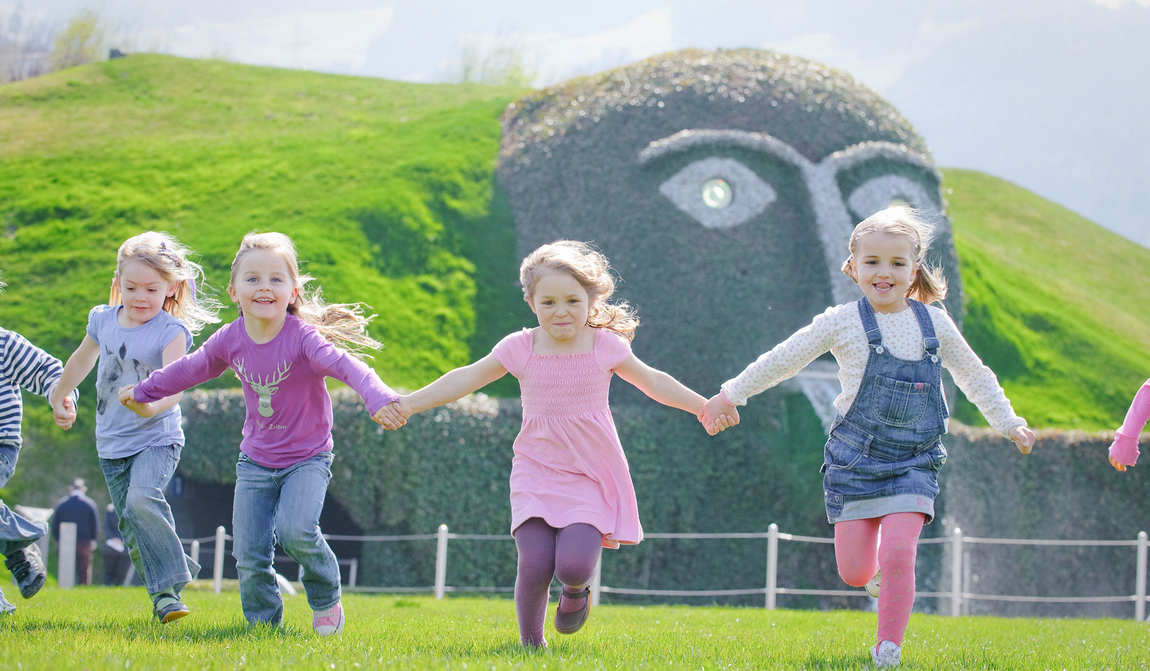
The museum's rooms are subterranean labyrinths with crystal walls that shimmer and gleam in different colours. Crystals as small as a drop of water and as large as the Guinness Book of World Records are on display.
The iridescent glow of crystal makes even the most ordinary objects look unusually attractive and fabulous — no wonder Swarovski crystals are so popular with jewellery makers.
But it's not just jewellery that uses this wonderful material: you can also buy crystal vases, chandeliers, crockery and much more in the museum's gift shop.
If you are interested in the history of European currency, take a trip to the nearby town of Hall (free bus ride with the Innsbruck Card), where the Coin Museum is located.
Its exhibition illustrates the 500-year history of coinage in detail, with a magnifying glass allowing you to see all the details. The Taler, which gradually became the Dollar from country to country, can be made at the museum.
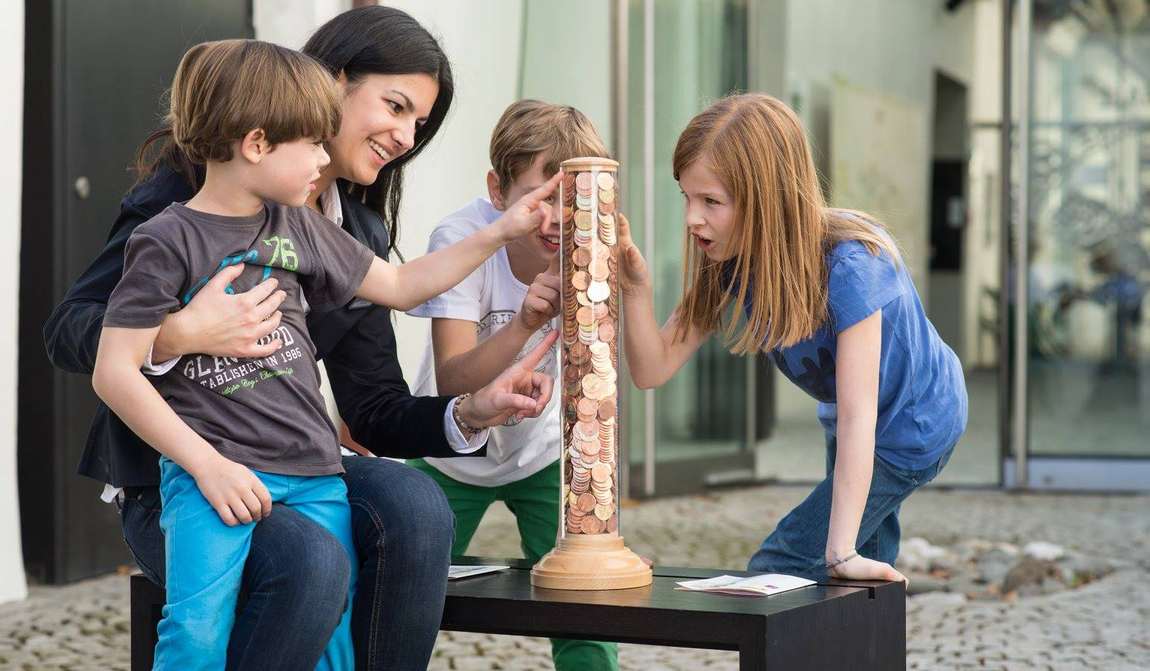
The copper or silver piece is placed under a special press, the mechanism is activated and the coin, so similar to the old taler, is held in the hands of the bold printer. You cannot pay with it, but you can keep it as a souvenir. The silver for the thalers was mined in the area around Innsbruck and it is now possible to visit the silver mine.
Shopping is concentrated in the old town. The main shopping streets are Herzog-Friedrich-Strasse and Maria-Theresien-Strasse.
There are souvenir shops selling everything from porcelain and lace to amber and silver jewellery, as well as the Arkedenhof and Kaufhaus Tyrol shopping centres. In the south-east of the city is the large DEZ shopping centre.
Although a visit to Innsbruck may seem like an add-on to your main reasons for visiting Austria, a day in Innsbruck will leave you with pleasant and happy memories.



